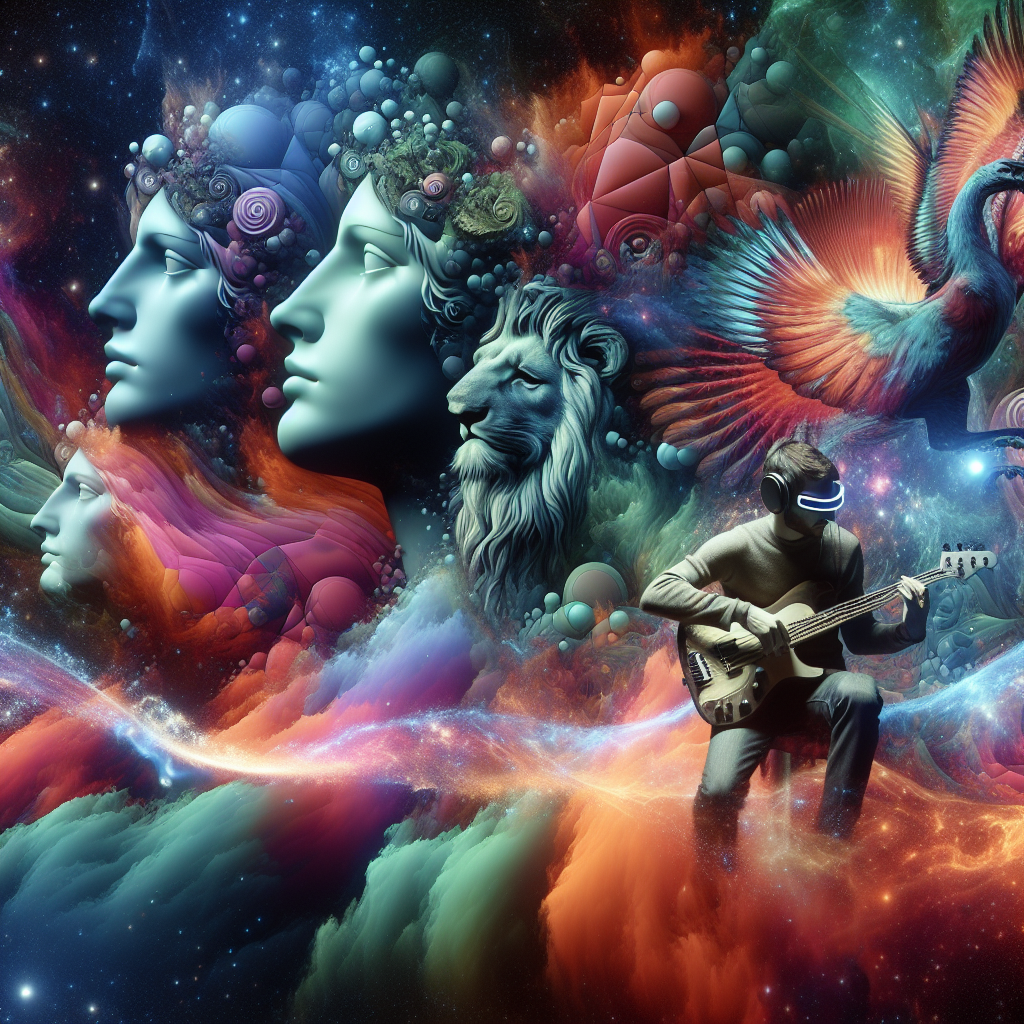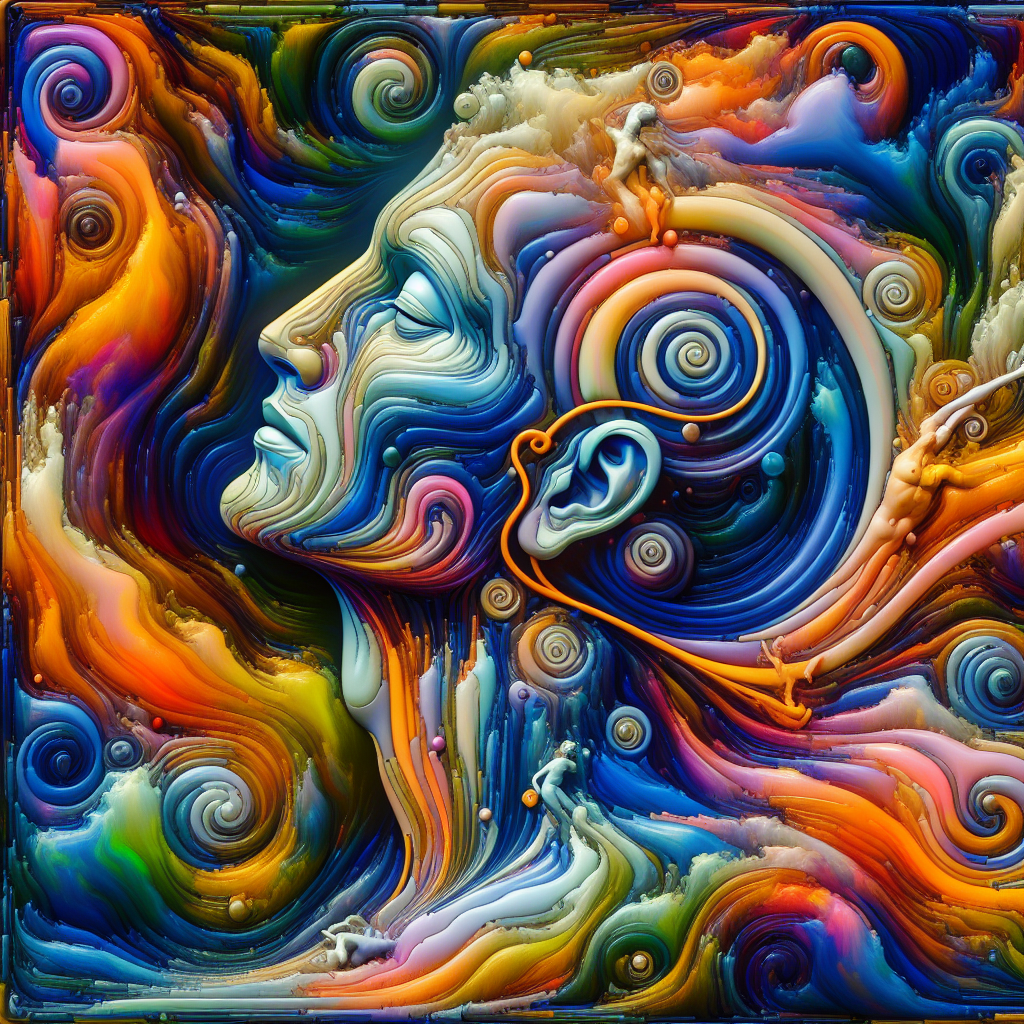-
Table of Contents
- Psybient: A Psychedelic Take on Ambient Music
- Top 5 Tips for Understanding Psybient Music
- Origins of Psybient Music
- The Influence of Psychedelic and Ambient Music
- Key Characteristics of Psybient Music
- Influential Artists and Albums
- Essential Albums
- Cultural and Social Impact
- Online Communities
- Conclusion
“`html
Psybient: A Psychedelic Take on Ambient Music

Psybient, a fusion of psychedelic and ambient music, offers a unique auditory experience that transcends traditional genre boundaries. This article explores the origins, characteristics, and cultural impact of psybient music, providing insights into its growing popularity and influence.
Top 5 Tips for Understanding Psybient Music
- Explore the roots of psybient in psychedelic and ambient music.
- Understand the key characteristics that define the genre.
- Discover influential artists and albums in the psybient scene.
- Learn about the cultural and social impact of psybient music.
- Engage with the community through festivals and online platforms.
Origins of Psybient Music
Psybient music emerged in the late 20th century as artists began blending elements of psychedelic music with ambient soundscapes. This genre is characterized by its ethereal textures, hypnotic rhythms, and immersive soundscapes, creating a meditative and often transcendental listening experience.
The Influence of Psychedelic and Ambient Music
Psychedelic music, known for its mind-altering effects and experimental nature, laid the groundwork for psybient. Artists like Pink Floyd and The Beatles introduced psychedelic elements into mainstream music, paving the way for future innovations. Ambient music, pioneered by artists like Brian Eno, contributed its atmospheric and tranquil qualities, which are integral to the psybient sound.
Key Characteristics of Psybient Music
Psybient music is defined by several key characteristics that distinguish it from other genres:
- Layered Soundscapes: Complex layers of sound create a rich auditory experience.
- Slow Tempos: The music often features slow, steady tempos that promote relaxation and introspection.
- Use of Synthesizers: Synthesizers are commonly used to produce the genre’s signature ethereal sounds.
- Incorporation of Natural Sounds: Many tracks include sounds from nature, such as birdsong or flowing water, to enhance the immersive experience.
Influential Artists and Albums
Several artists have been instrumental in shaping the psybient genre. Notable figures include:
- Shpongle: Known for their intricate soundscapes and innovative use of technology.
- Carbon Based Lifeforms: A Swedish duo celebrated for their ambient and downtempo compositions.
- Ott: A British producer renowned for his fusion of dub and psybient elements.
Essential Albums
For those new to psybient, the following albums are essential listening:
- Are You Shpongled? by Shpongle
- World of Sleepers by Carbon Based Lifeforms
- Mir by Ott
Cultural and Social Impact
Psybient music has had a significant cultural and social impact, particularly within the festival scene. Events like Boom Festival and Ozora Festival celebrate the genre, attracting fans from around the world. These gatherings foster a sense of community and shared experience, often emphasizing themes of peace, unity, and environmental consciousness.
Online Communities
Beyond festivals, online communities play a crucial role in the psybient scene. Platforms like Bandcamp and SoundCloud allow artists to share their work with a global audience, while forums and social media groups provide spaces for fans to connect and discuss their favorite music.
Conclusion
Psybient music offers a unique blend of psychedelic and ambient elements, creating an immersive and transformative listening experience. By understanding its origins, characteristics, and cultural impact, listeners can gain a deeper appreciation for this innovative genre. Whether through live festivals or online communities, psybient continues to inspire and connect people worldwide.
For more information on the history and development of ambient music, visit Wikipedia.
“`




